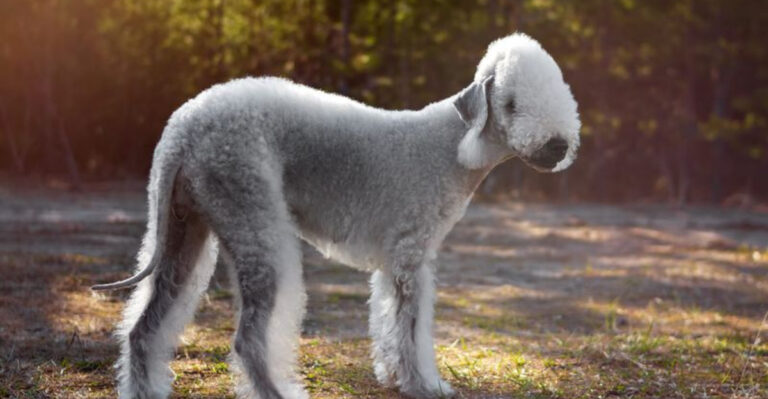Fossil Of A Giant Creature Over 4 Million Years Old Discovered In Appalachian Sinkhole
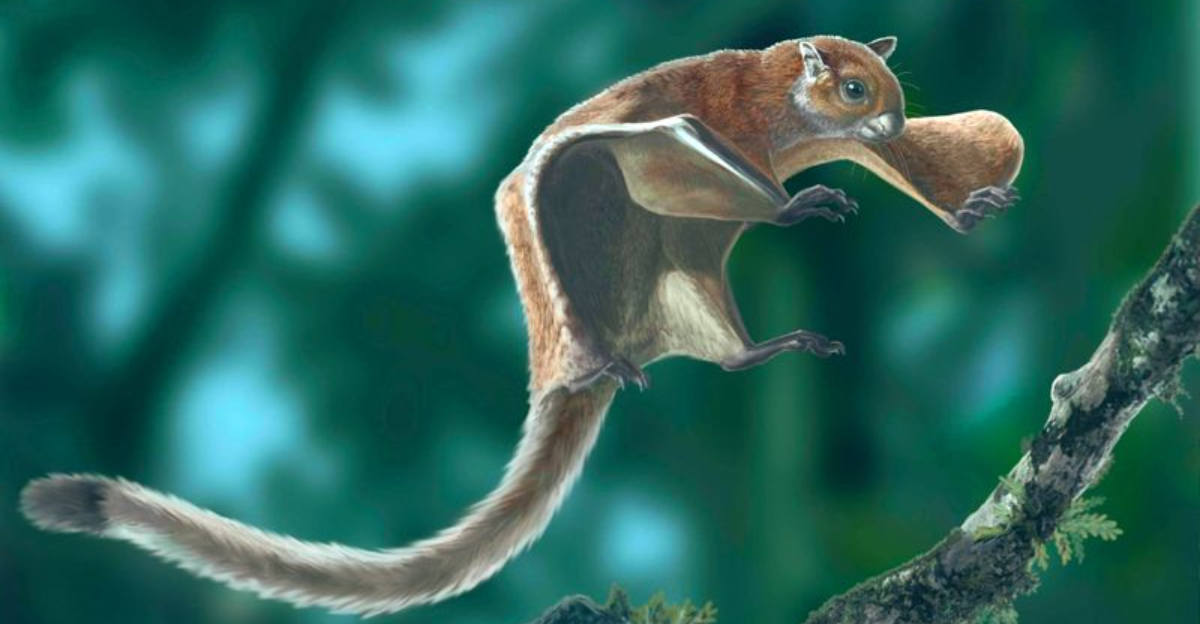
Scientists have made an incredible discovery in an Appalachian sinkhole at the Gray Fossil Site. They found the remains of a giant flying squirrel called Miopetaurista webbi that lived about 4.9 million years ago.
This ancient creature was much larger than today’s flying squirrels and gives us important clues about what North America was like millions of years ago. The remarkable preservation in this sinkhole has allowed researchers to uncover one of the most significant paleontological finds in recent years.
Unexpected Size Comparison
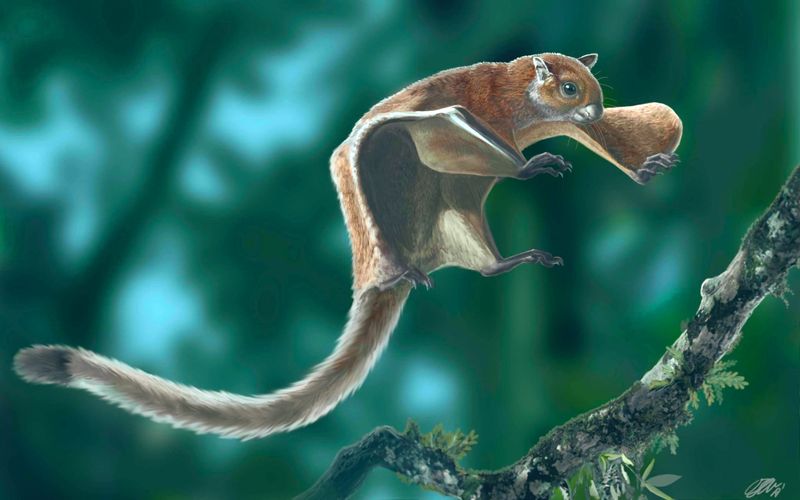
The newly discovered Miopetaurista webbi wasn’t your average backyard squirrel. This prehistoric giant was roughly three times larger than modern North American flying squirrels! While today’s flying squirrels typically weigh under a pound, this ancient relative tipped the scales at approximately 5-6 pounds.
Scientists believe this larger size allowed the creature to glide even greater distances between trees in the ancient Appalachian forest. The impressive dimensions of its fossilized bones stunned researchers who initially thought they might belong to a different type of mammal altogether.
Remarkable State Of Preservation
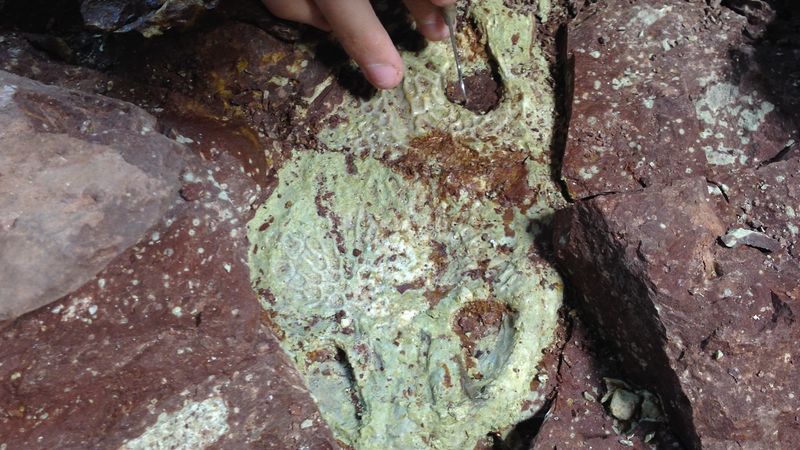
Against all odds, the fossil remains emerged from the sinkhole in an exceptional state of preservation. The unique chemistry of the Appalachian sinkhole created perfect conditions for fossil formation, protecting delicate bones from decay for nearly 5 million years.
Most impressively, researchers found intact portions of the patagium – the specialized membrane that stretches between limbs allowing for gliding flight. This rare preservation of soft tissue structures provides unprecedented insights into how these ancient creatures moved through their environment.
Ancient Forest Ecosystem Revealed
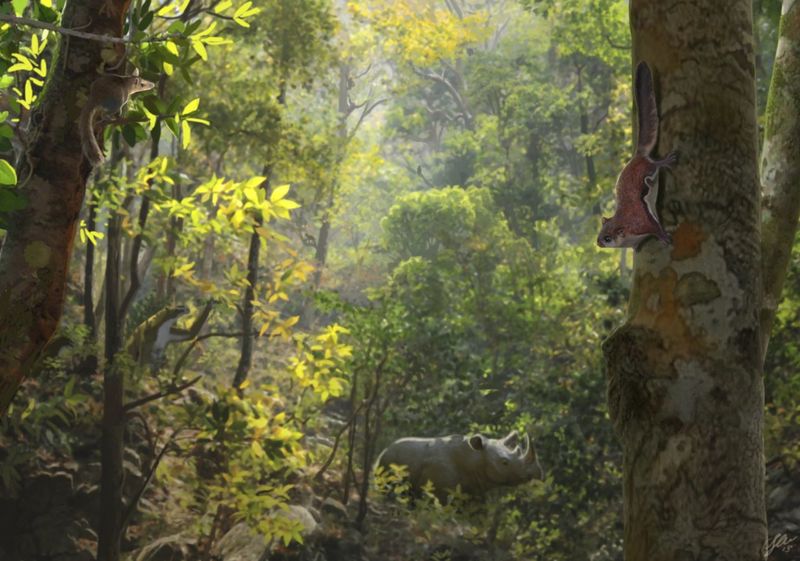
The flying squirrel fossil offers a window into a lost world. Surrounding sediments contained plant remains indicating the creature inhabited a diverse forest ecosystem quite different from today’s Appalachian woodlands. Pollen analysis revealed abundant oak, hickory, and pine trees alongside now-extinct plant species.
Fellow inhabitants included ancient elephants, tapirs, and red pandas – painting a picture of North America that feels more like modern-day Asia. This discovery helps scientists understand how dramatically climate change has transformed the region over millions of years, shifting from a warmer, more diverse ecosystem to today’s temperate forests.
Revolutionary Dating Techniques
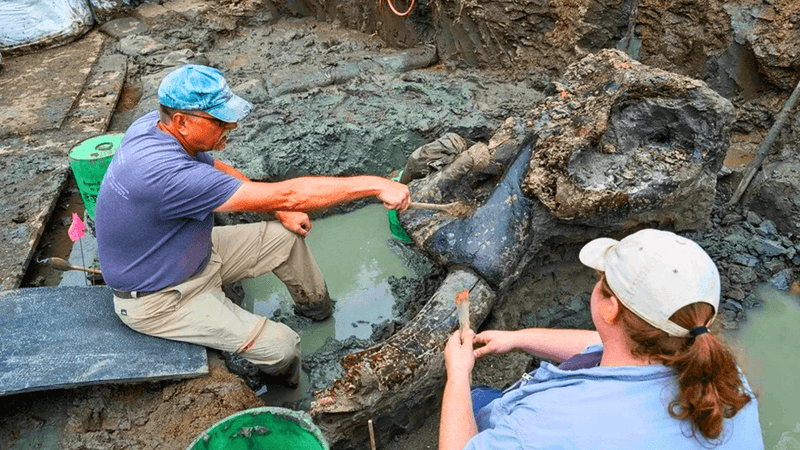
Determining the precise age of this remarkable specimen required cutting-edge science. Researchers employed multiple dating methods, including radiometric dating of surrounding volcanic ash deposits and biostratigraphy (studying which other animal fossils appeared in the same layers).
The 4.9-million-year age places the fossil in the early Pliocene epoch, a critical time period when many modern animal groups were diversifying. Advanced imaging techniques like micro-CT scanning allowed scientists to examine internal bone structures without damaging the precious specimen.
Evolutionary Missing Link
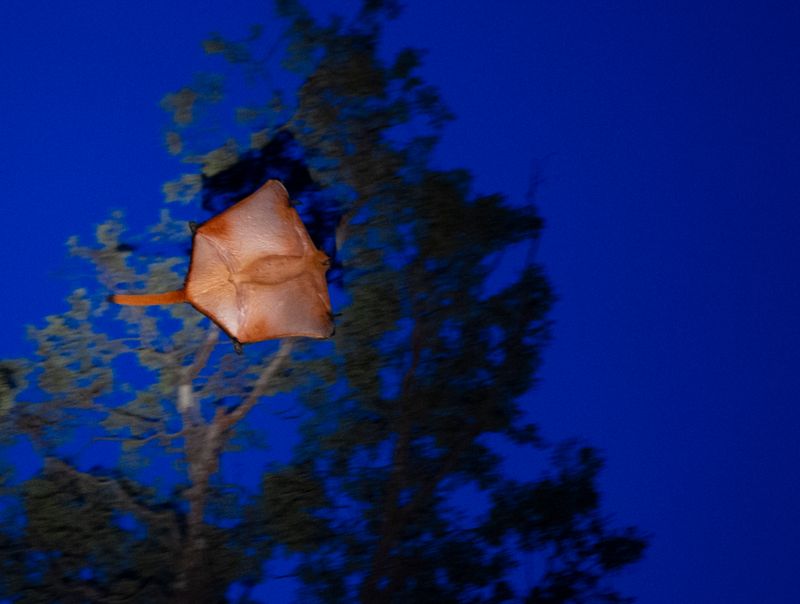
Paleontologists are buzzing with excitement as Miopetaurista webbi represents a crucial evolutionary stepping stone. The creature shows features that connect earlier squirrel ancestors with modern flying squirrel species, helping complete our understanding of their family tree.
Distinctive adaptations in the wrist and ankle joints show how these animals evolved their unique gliding abilities. Teeth structures reveal shifts in diet that helped these creatures specialize and survive. This single fossil has answered questions that have puzzled scientists for decades about how and when flying squirrels developed their remarkable aerial lifestyle.
Accidental Discovery By Amateur Fossil Hunter
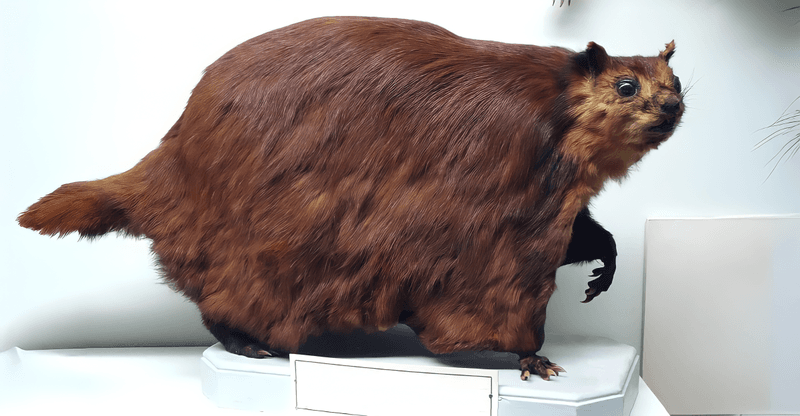
The fossil that’s rewriting scientific textbooks wasn’t found by a professional expedition. Local geology enthusiast Marta Winters spotted an unusual bone fragment while volunteering at the Gray Fossil Site during a community dig day.
Winters, a retired schoolteacher with no formal paleontology training, recognized the fragment as potentially significant and immediately alerted site supervisors. Her keen observation led to a carefully planned excavation that ultimately revealed the complete specimen. This discovery highlights the valuable contributions amateur scientists make to major paleontological breakthroughs.
Specialized Excavation Challenges
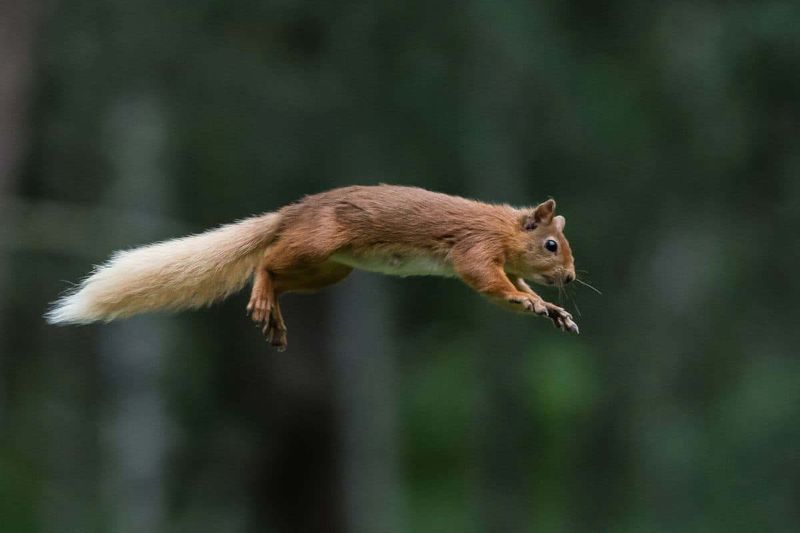
Retrieving the fossil intact required extraordinary measures. The sinkhole’s unstable geology created dangerous working conditions, with constantly shifting sediments threatening both the fossil and excavation team.
Engineers designed custom stabilization systems to prevent collapse while paleontologists worked. The team applied specialized hardening resins to fragile bone sections before attempting removal. Most challenging was extracting a complete skull – accomplished by encasing the entire surrounding sediment block in protective plaster and removing it as a single unit weighing over 200 pounds for later laboratory preparation.
Surprising Dietary Evidence
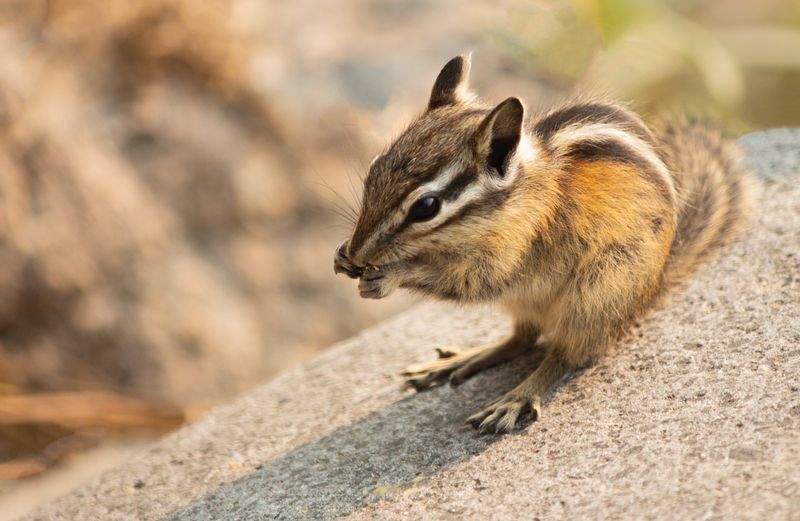
Microscopic analysis of teeth and preserved stomach contents revealed unexpected eating habits. Unlike modern flying squirrels that primarily consume nuts, seeds, and fungi, Miopetaurista webbi appears to have been an omnivore with a taste for insects and possibly even small vertebrates!
Distinctive wear patterns on the molars suggest regular consumption of hard-shelled beetles. This dietary flexibility may explain how the species thrived during changing climate conditions. The discovery challenges previous assumptions about flying squirrel evolution, suggesting their specialized diet developed much later than their gliding adaptations.
Global Scientific Collaboration
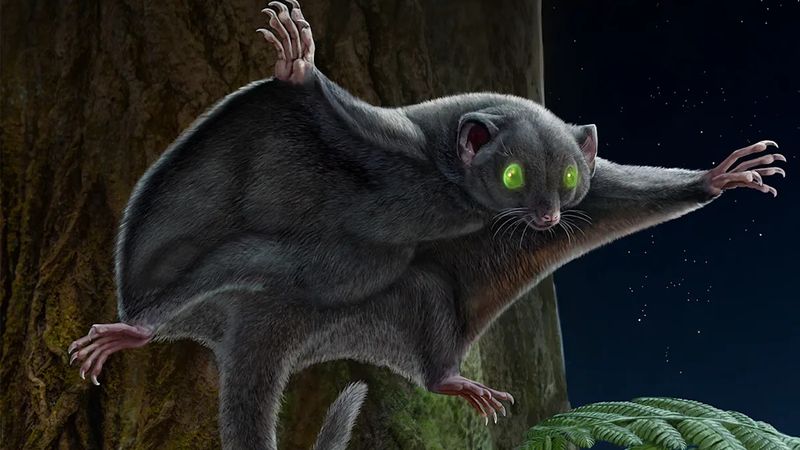
The significance of the discovery sparked an unprecedented international research effort. Specialists from twelve countries contributed expertise, with teams from China, Spain, and Canada joining American researchers at the site.
Spanish paleontologists brought crucial comparative knowledge from similar European fossils. Chinese experts applied advanced protein analysis techniques to extract genetic information from preserved bone cells. The collaborative approach allowed for comprehensive analysis in record time, with research papers being prepared simultaneously in multiple languages.
Climate Change Insights
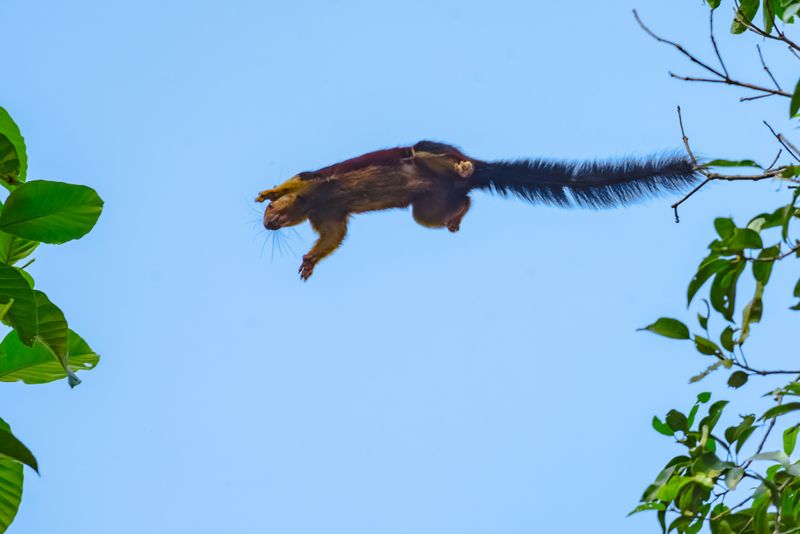
Beyond evolutionary significance, the fossil provides crucial data about ancient climate patterns. Chemical signatures in the bones reflect environmental conditions during the creature’s lifetime, revealing that Appalachia experienced warming periods similar to what we’re facing today.
The discovery shows how ecosystems adapted to these changes, with some species thriving while others disappeared. Particularly valuable are growth rings in associated plant fossils that document seasonal variations and drought periods. Researchers are using this information to refine climate models and better predict how modern ecosystems might respond to our current climate crisis.






